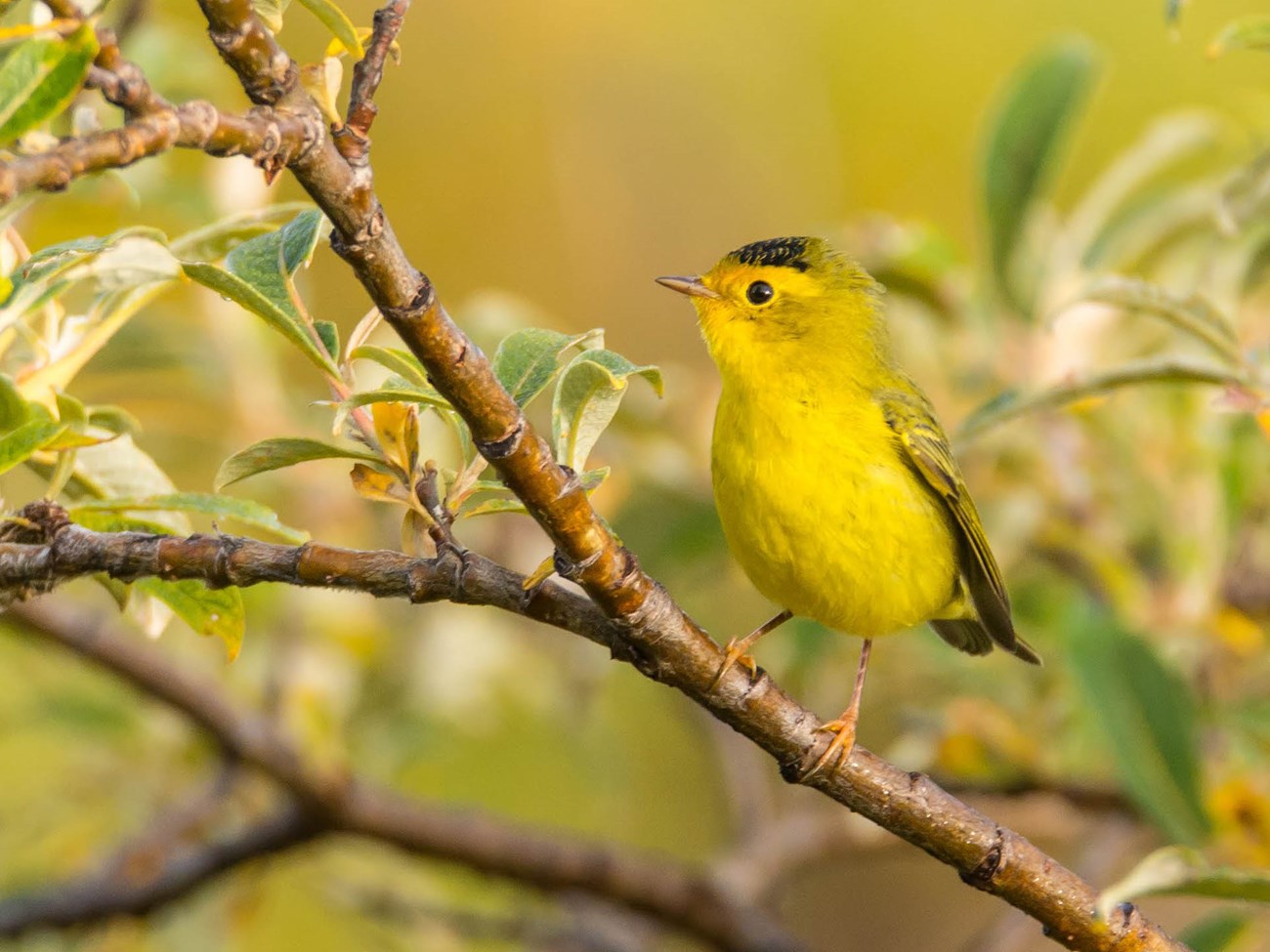Last updated: July 8, 2025
Article
Migration Timing Changing in Different Ways for Birds at Point Reyes

© Jessica Weinberg McClosky
May 2019 - Migratory birds may travel great distances to take advantage of optimal feeding conditions. For example, birds that eat bugs may be adapted to arrive at their spring breeding grounds just as insects are emerging en masse after a cold winter. Other birds may journey to escape seasonal challenges like frigid temperatures. But now Earth’s climate is changing fast, in many ways and at many spatial scales. Such changes have the potential to cue birds to migrate at the wrong time relative to the environmental conditions they may be relying on along their route, or at their destination. Luckily, research can help us understand if and how our local birds are responding to climate change.
Last year, Point Blue published a chapter in the Indicators of Climate Change in California report detailing bird migration timing research at their Palomarin Field Station in Point Reyes National Seashore. The research is based on banding data from 1979 to 2015. It focuses on seven landbird species that either breed or overwinter in the area, and which are often captured.
Of the four birds studied that migrate to Palomarin in the fall to overwinter, ruby-crowned kinglets and golden-crowned sparrows have both been arriving earlier. Hermit thrushes have also been arriving earlier over the last two decades, while no significant changes to the arrival dates of fox sparrows were detected. Of the three birds studied that migrate to Palomarin in the spring to breed, each species’ trend is different. Wilson’s warblers have been arriving in Palomarin later, orange-crowned warblers have been arriving earlier, and Swainson’s thrushes' migration timing did not change significantly.
The differences between the fox and golden-crowned sparrows’ migration timing is mysterious because both species migrate to and from the same regions. The opposite trends in timing among the two warblers’ spring migrations are mysterious for another reason. Both are small insectivores arriving in the same destination at increasingly different times. Such differences highlight the fact that still more research is needed to understand just what is driving individual species trends.
The goal of such research is not just to understand what is happening now, but also to be able to better predict how bird populations may fare going forward. From there, we'll be better equipped to decide what we can do, as National Parks or as individuals, to help.
Check out the full chapter to learn more.
